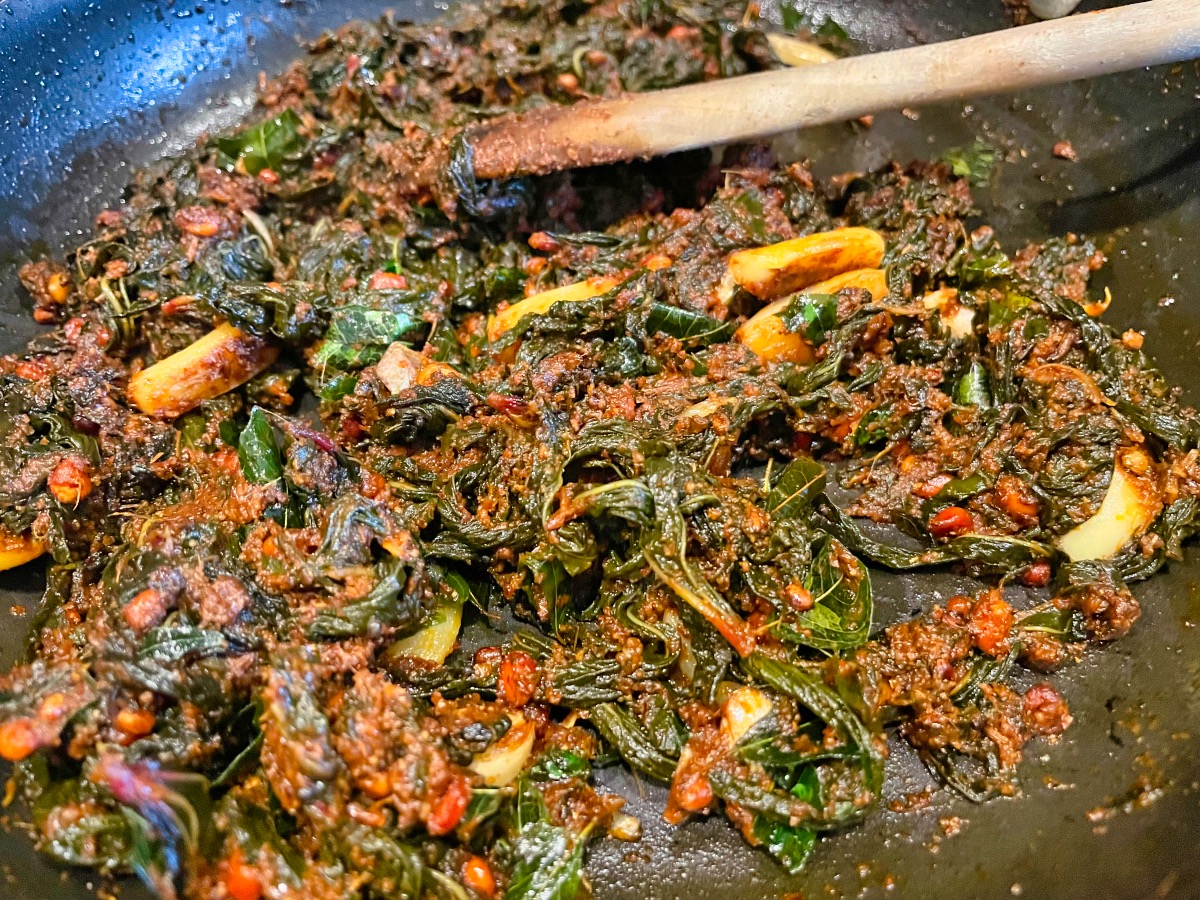What is Gongura?
Gongura, also known as red sorrel or roselle, is a leafy vegetable commonly used in Indian and African cuisine. It is a member of the hibiscus family and has a tart, citrusy flavor. Gongura is native to West Africa and Southeast Asia and is widely cultivated in India, Nigeria, and other parts of the world.
Is it Edible?
Gongura is edible and it is used in various dishes across different cultures. It is also known to have several health benefits, including being a rich source of vitamins and minerals, having antioxidant properties, aiding digestion, and reducing inflammation. The leaves are rich in antioxidants, vitamins A and C, iron, calcium, and potassium. They are also known for their anti-inflammatory properties and are used in traditional medicine to treat a variety of ailments.
In Indian cuisine, Gongura is commonly used in dishes from the states of Andhra Pradesh and Telangana, where it is known as “Gongura pachadi” or “Gongura pickle or chutney” It is also used in curries, soups, and stews, and can be added to lentil dishes such as sambhar.
The Recipe
This recipe is for a sweet and spicy condiment or chutney to be served with rice or roti.
Here is a recipe for Gongura chutney with red chillies, coriander seeds, and jaggery:
Ingredients:
- 2 cups fresh gongura (sorrel) leaves, washed and chopped
- 2-3 red chillies
- 1 tbsp coriander seeds (coriander is cilantro)
- 1 tbsp grated jaggery (can add brown sugar instead)
- 1 tbsp oil
- Salt to taste
What is Jaggery?
JaggeryJaggery (also spelled as “jaggeree” or “gur”) is a type of unrefined cane sugar that is commonly used in South Asian and Southeast Asian cuisines. It is made from the sap of palm trees or sugarcane juice that is boiled to produce a thick, dark syrup, which is then cooled and solidified into blocks or cakes.
Jaggery is known for its distinctive flavor that is often described as caramel-like with a hint of molasses. It is used as a sweetener in many traditional Indian desserts, such as laddu, halwa, and payasam, as well as in savory dishes like chutneys and pickles. Jaggery is also believed to have some health benefits as it contains iron, calcium, and other minerals.
Instructions:
- Heat oil in a pan and add red chillies and coriander seeds. Fry until fragrant.
- Add the chopped gongura leaves and sauté until the leaves wilt and turn soft.
- Turn off the heat and let the mixture cool down to room temperature.
- Once the mixture is cooled, transfer it to a blender and add grated jaggery and salt. Blend the mixture to a smooth paste.
- Transfer the chutney to a serving bowl and serve it with hot rice or any South Indian snack of your choice.
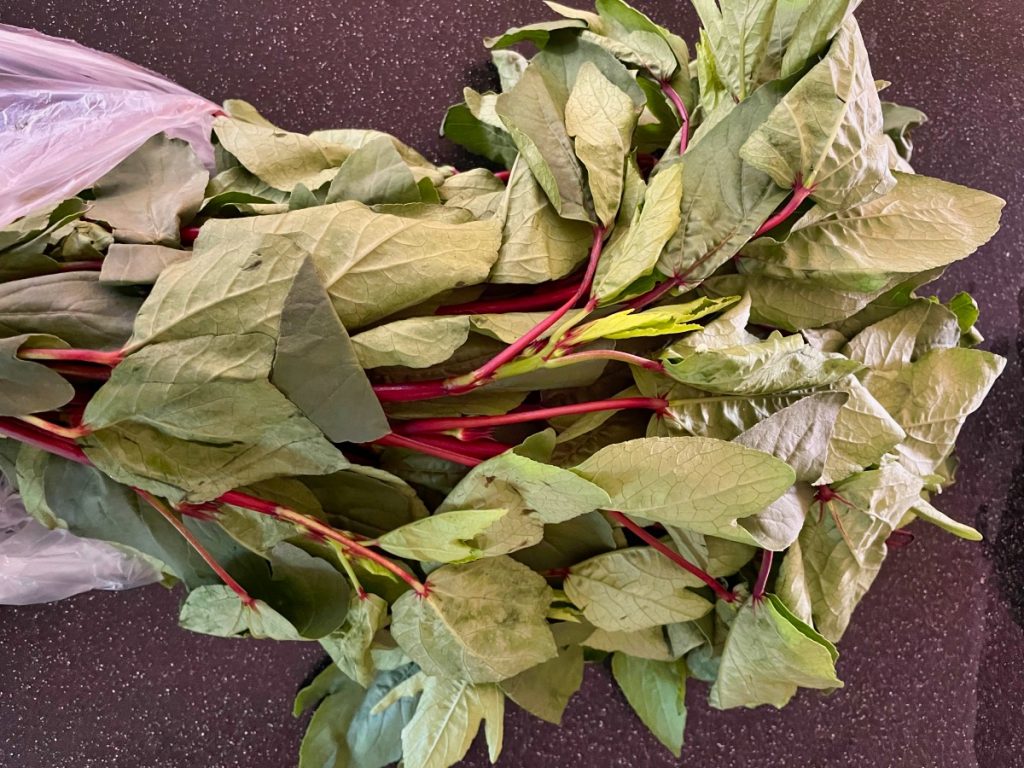
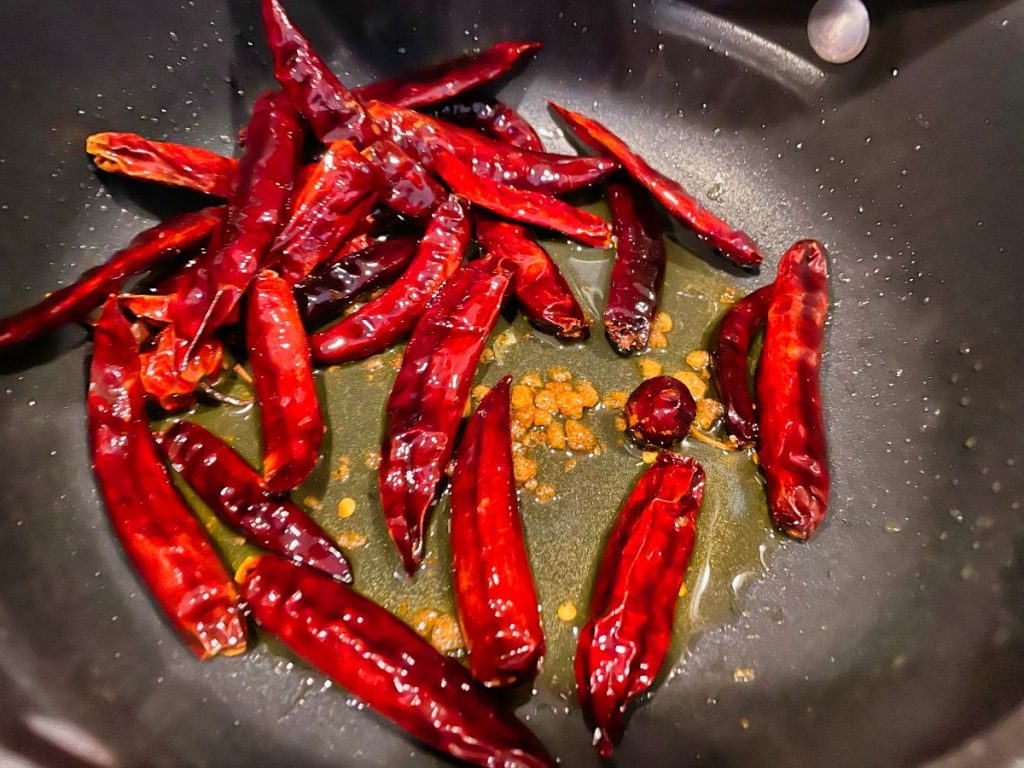
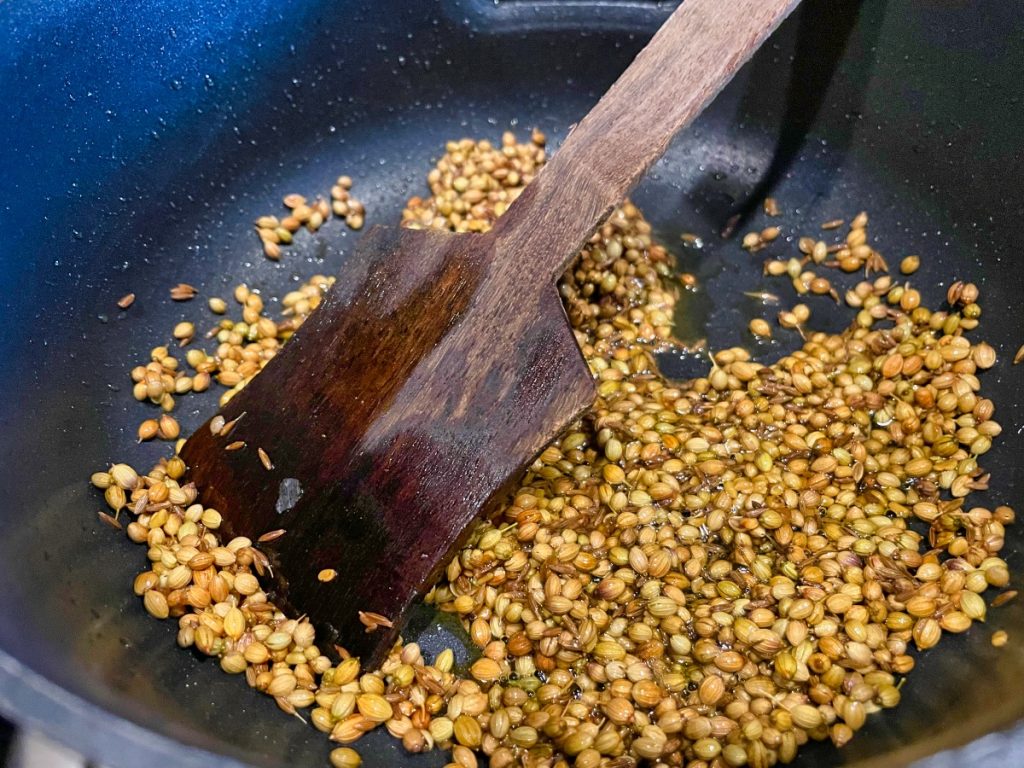
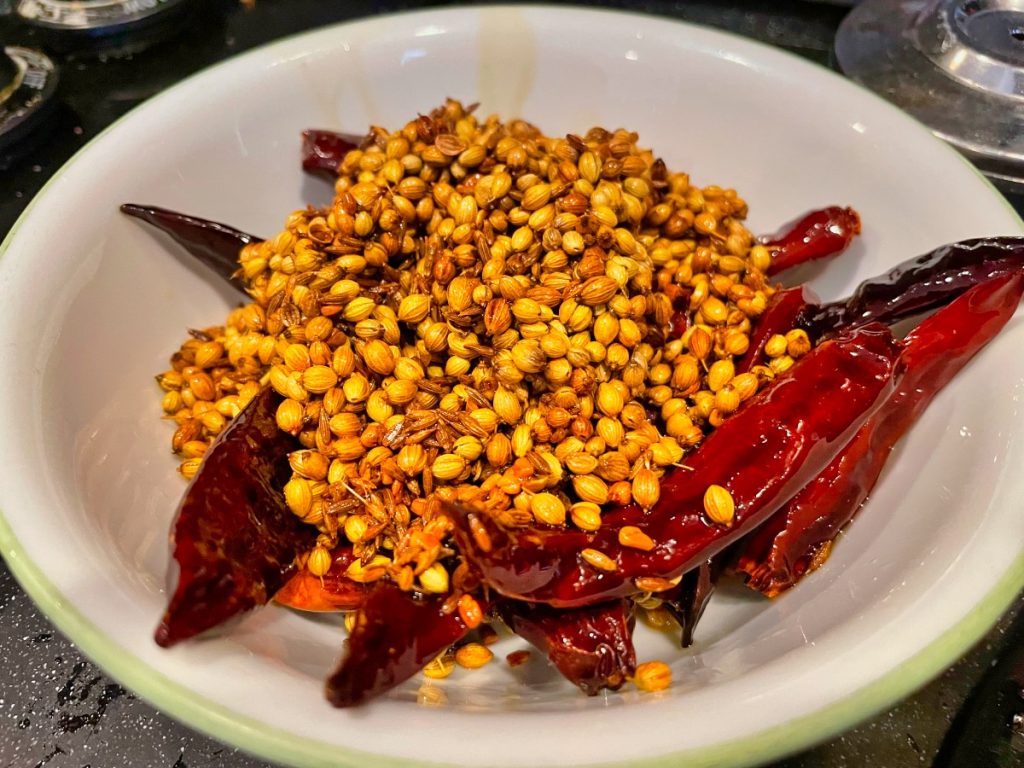
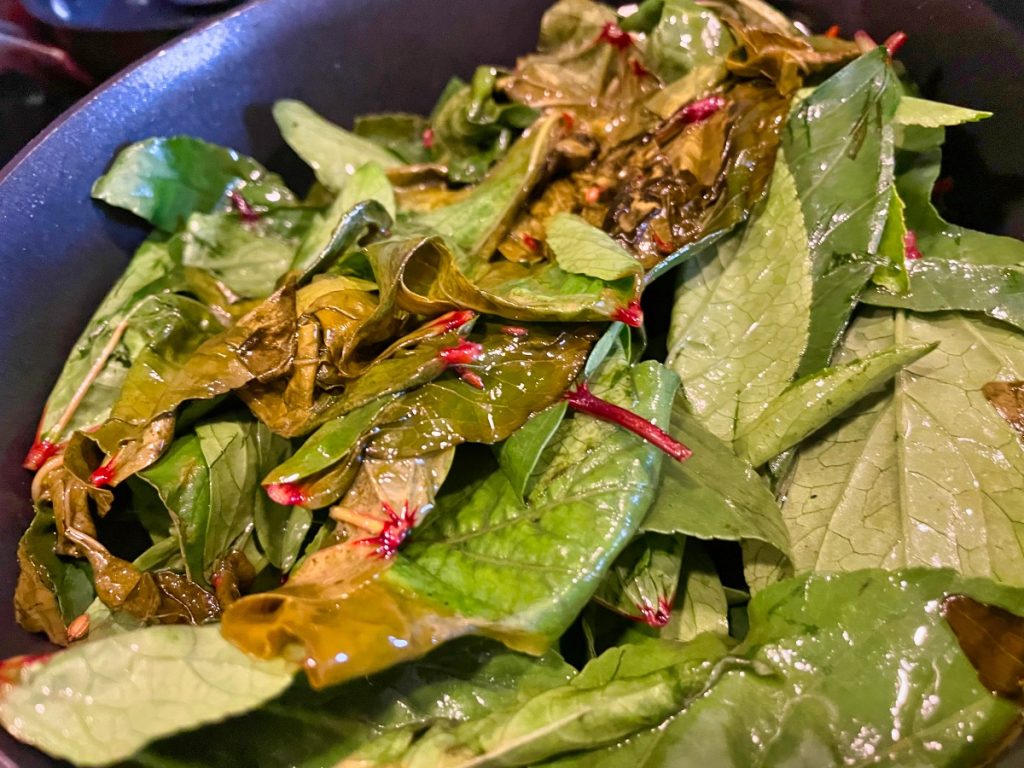
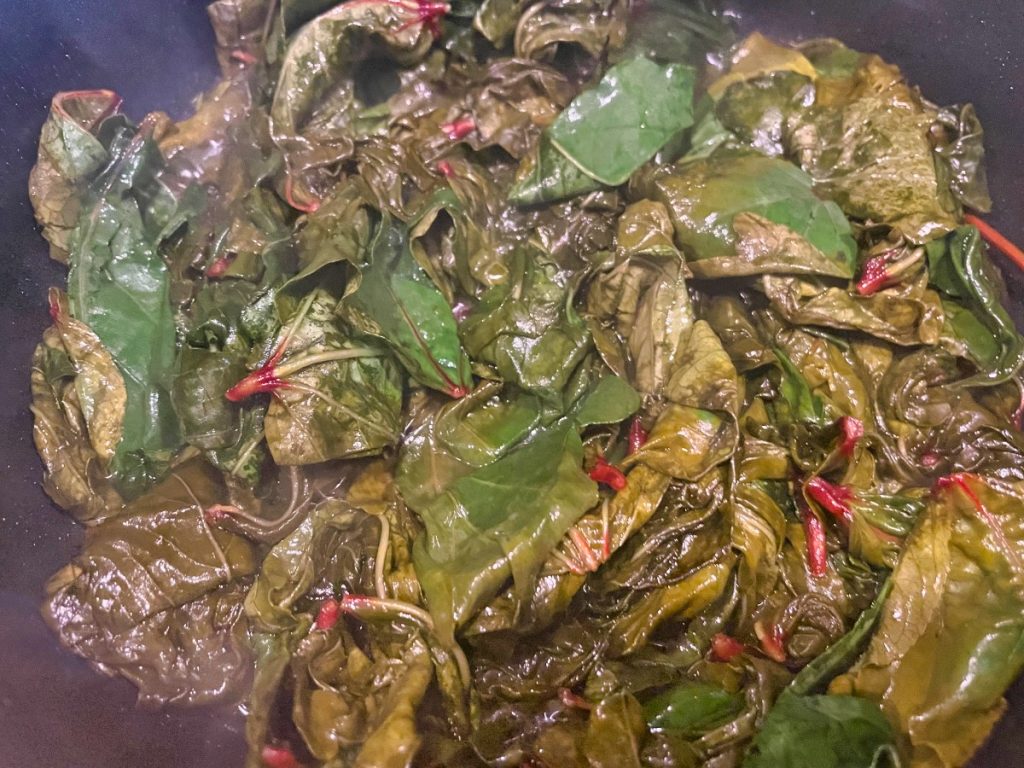
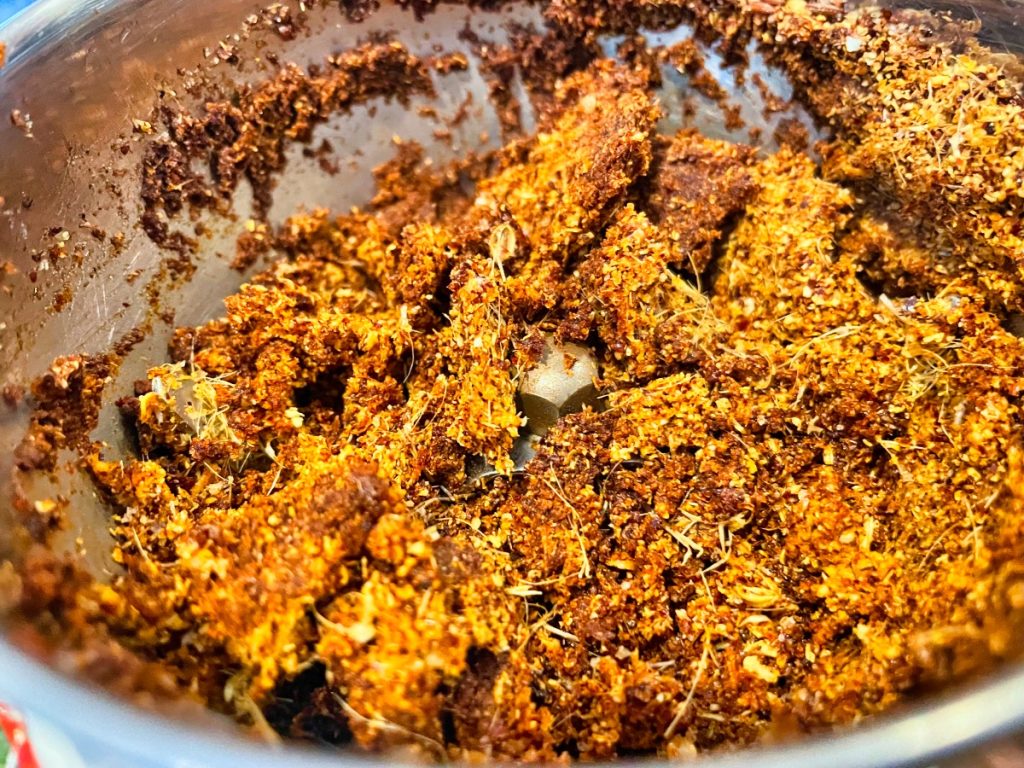
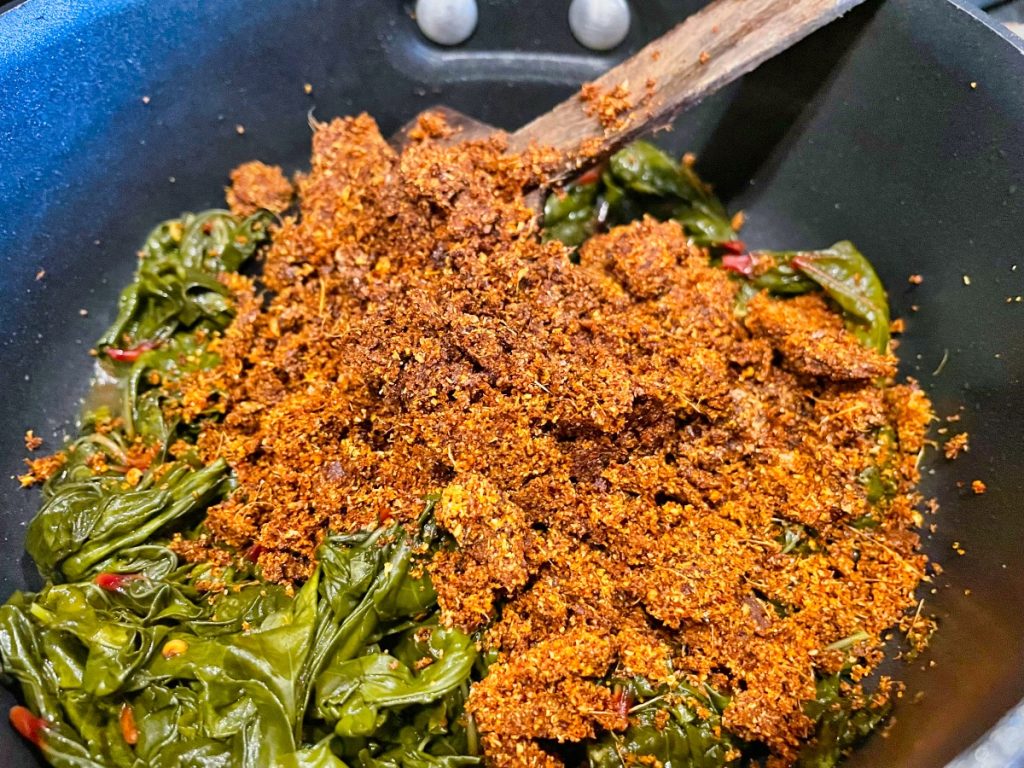
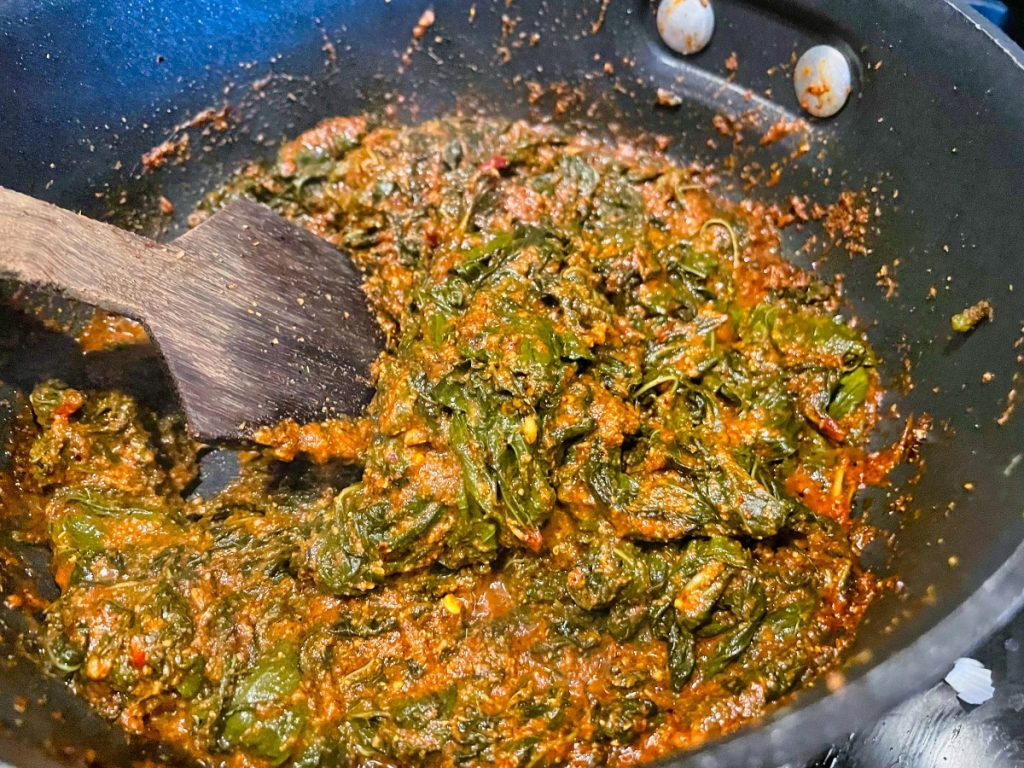
The recipe shown in the images above varies slightly from the recipe listed above, blending after mixing with the spices is recommended but not necessary if served with hot rice and you can eat with your hands.
For those who prefer it as a dip blending will make the flavors more uniform.
Taking it to the next level
Below is the secret (not really) garnish or tadka or ‘tempering’ to almost all Indian dishes/Chutneys.
Oil, some lentils, mustard seeds, cumin and curry leaves! If you blended it already then add before serving. Based on the dish this can leave out or add some ingredients but this gives a pop to any dish!
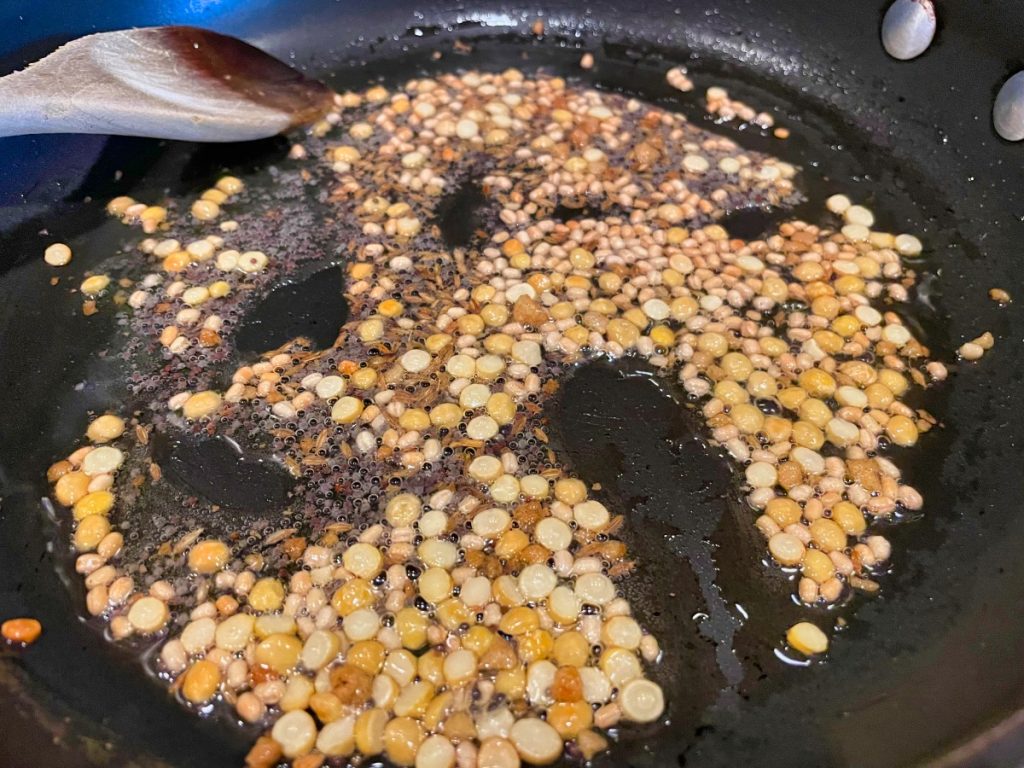
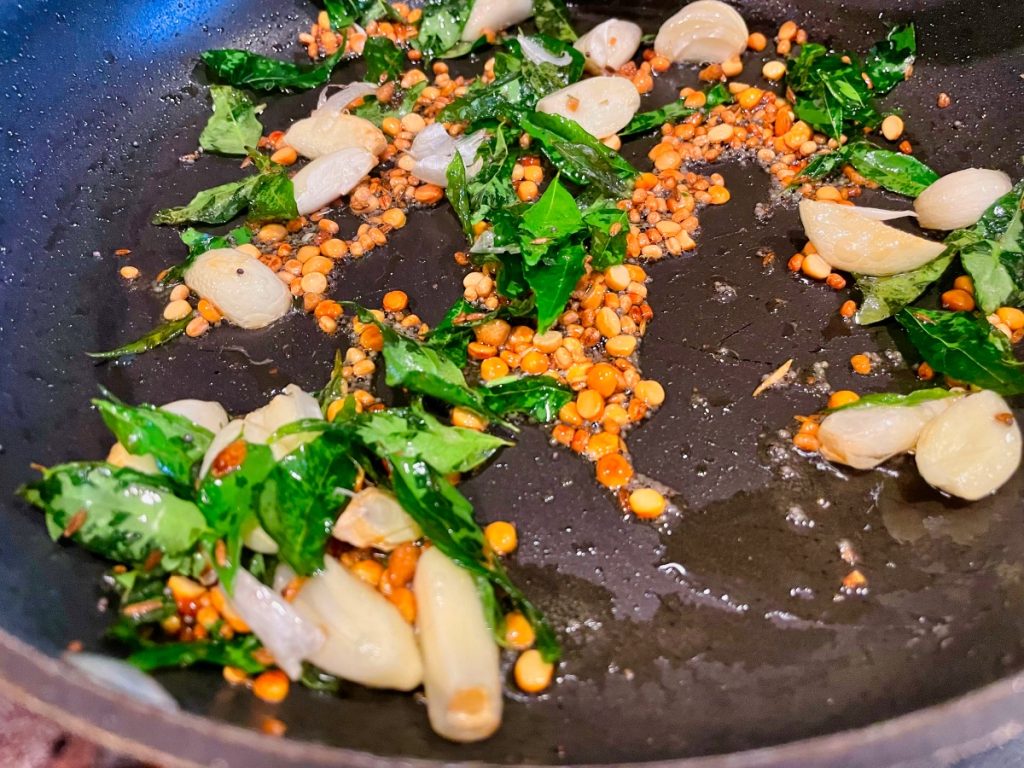
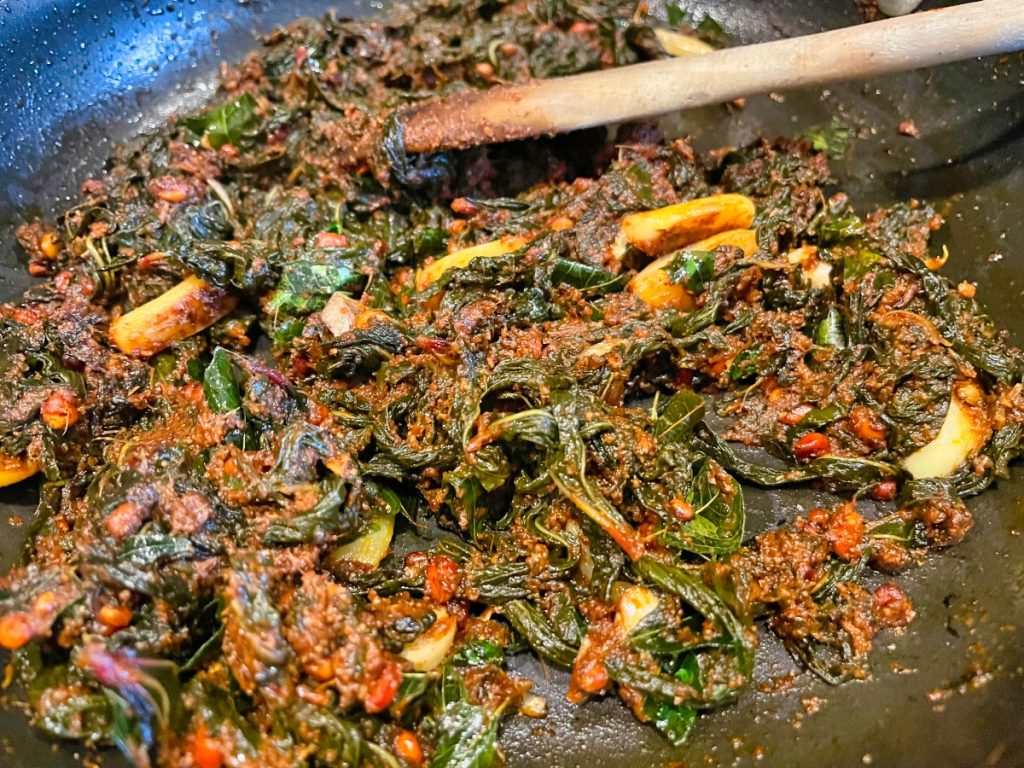
Here are some dishes by region that use Gongura:
Andhra Pradesh/Telangana:
Gongura pachadi (chutney) see above for our take on it.
Andhra Pradesh/Telangana/Karnataka (India):
Gongura pappu (with yellow lentils)
Tamil Nadu (India):
Pulicha Keerai thanni saaru (spicy tangy dish)
South Africa:
